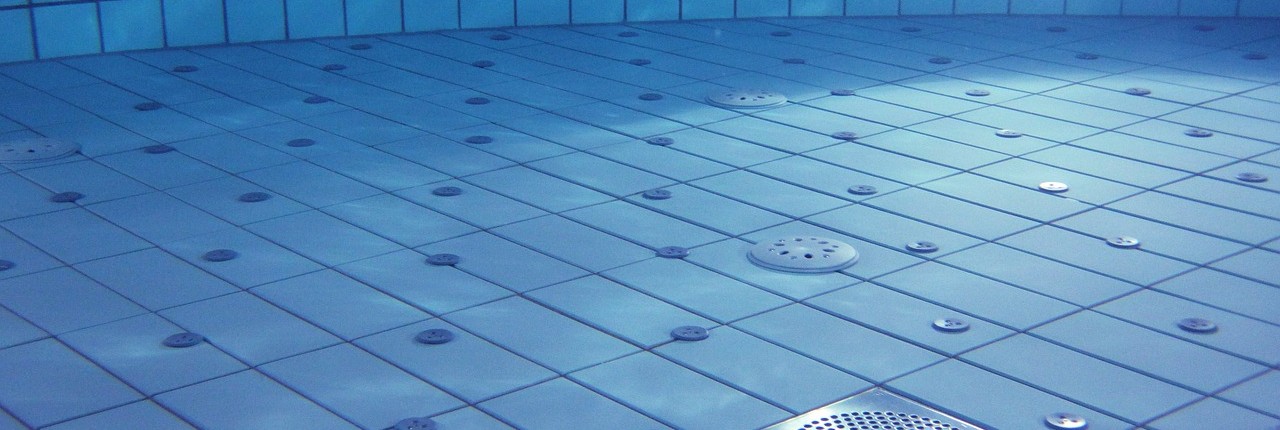Virginia Graeme Baker Pool and Spa Safety Act (VGBA)
What Is the Virginia Graeme Baker Pool and Spa Safety Act?
The Virginia Graeme Baker Pool and Spa Safety Act (VGBA) is named after drowning victim Virginia Graeme Baker, who became stuck to a hot tub drain in 2002 due to its powerful suction. She was only 7 years old. Her mother tried to pull her free from the drain and was unable to; it eventually took two men to pull her free. After this incident, her mother became an activist for pool safety, and lobbied Congress to pass the Pool and Spa Safety Act.
The act was introduced to Congress by Representative Debbie Wasserman Schultz from Florida, and was supported by the organization Safe Kids Worldwide.
Devices for Complying with the Virginia Graeme Baker Pool and Spa Safety Act
The requirements of the act state that all public pools and spas must be retrofitted or outfitted with anti-entrapment drain covers. The drain covers must be ASME/ANSI compliant, which means they are in compliance with safety standards that have been accredited by the American National Standards Institute and published by the American Society of Mechanical Engineers.
In addition to having ASME/ANSI compliant drain covers, any pools or spas with only one main drain (unless it is unblockable) must be retrofitted in one of the following ways:
- Safety vacuum release system: A safety vacuum release system ceases operation of the pump and reverses the circulation flow when a blockage is detected.
- Suction-limiting vent system: A system that limits the force of suction on a drain; this system must also be tamper-resistant.
- Gravity drainage system: A gravity drainage system with a collector tank.
- Automatic pump shut-off system,
- Drain disablement: Any device that allows the drain to be disabled.
Alternately, a pool or spa with one main drain may be retrofitted to have two drains, thereby minimizing the force of suction on any one drain.
Pool Drain Cover Recalls
In May 2011, a number of drain covers were recalled. It was found that the methods used to test these drain covers were inadequate, and that it was possible that a drain entrapment hazard could be present. A list of the recalled covers can be found online at the Consumer Product Safety Commission’s website, However, some of the manufacturers that were included in the recall are:
- A & A
- AquaStar
- Color Match
- Custom Molded Products
- Hayward
- Rising Dragon
- Pentair
- Waterway
In particular, “kiddie” or wading pools and inground spas that were installed after December 2008, but before the recall in 2011, were likely installed with drains that were then recalled.
Lifespan of Compliant Pool Drain Covers
It is important to note that drain covers have a lifespan, and must be replaced to remain compliant and safe. The manufacturer determines the lifespan of a drain cover. In many cases, the lifespan will be marked on the drain cover so it is easily noted. In general, most drain covers have a life of 5 to 7 years. For example, Aquastar covers must be replaced every 5 years, while certain Waterway models only need to be replaced every 7 years.
Virginia Graeme Baker Pool and Spa Safety Act Compliance
Public pool and spa facilities must be in compliance with the federal Virginia Graeme Baker Pool and Spa Safety Act. Doing so ensures that the same tragedy that befell Virginia Graeme Baker will not happen again. When a pool or spa is not in compliance, not only is the possibility of accidental drowning greatly increased, but a pool or spa facility puts itself at risk for legal action taken against it by a victim’s family, or possibly being shut down. Not complying with regulations is not an option.
The 2008 Virginia Graeme Baker Pool and Spa Safety Act is a federal safety regulation; however, there are also state safety regulations with which public and residential pools and spas must comply. While these statutes vary from state to state, they often echo those of the Pool and Spa Safety Act with regards to anti-entrapment drains. In addition, many states have requirements for fencing or barriers to prevent children from gaining unsupervised access to a pool or spa. It is essential that a public pool comply with both federal and state regulations.
The best way to verify that a pool or spa is in compliance is to hire an experienced swimming pool inspector, who can thoroughly inspect the pool and spa facilities to ensure compliance not only with the Pool and Spa Safety Act, but also with local and state requirements. Our nationwide network of inspectors are well-versed in local, state, and federal safety requirements, and can assist both residential and public pools and spas to remain or become compliant with required points of code. Contact Swimming Pool Inspection Services today.

